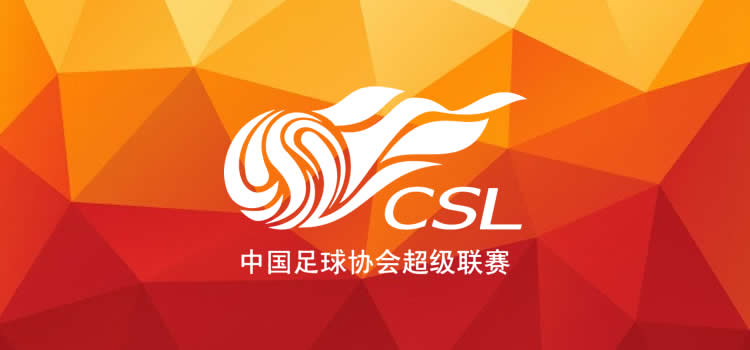In the last 50 years, women’s football has exploded across the world, from the introduction of the World Cup in 1991 to the success of domestic leagues in Europe and the US.
One of the most influential and inspiring pioneers of the game is Mia Hamm, regarded as one of the greatest football players to have ever stepped on a pitch.
Hamm, a two-time world champion who played for the US between 1987 and 2004, once said: “Somewhere behind the athlete you’ve become and the hours of practice and coaches who have pushed you is a little girl who fell in love with the game and never looked back…play for her.”
It’s a quote endemic of the rise of women’s football within China. Players in the current Chinese Women’s Super League aim to use their inner grit and determination to defy the odds in a country criticised for its abuse of minority rights.
Founded in 1997 the Women’s Football League, then the Premier League, was created as an equivalent to rival competitions in the Western world, with China concentrating to improve its cultural influence across the globe.
Fast forward 20 years and we have seen exactly that in the Chinese Super League with the likes of Oscar, Hulk, and Ramires earning their trade in the Far East.
Even with a 100% tax rate multi-millions have flowed in and out of one of the most expensive nations in the world, putting China in the constant limelight of the footballing sphere.
The direction those in the Chinese Football Association want is for the Women’s League to match the brand of the CSL and potentially even overtake the popularity of the clubs across the globe.
So in 2015, the CFA relaunched the structure of the women’s game, setting up the WCSL with an affiliated lower division called the Chinese Women’s Football League (CWFL).
Within a few months, the WCSL gained an eye-opening sponsor, the $10.6bn company LeTV Holdings Co Ltd, while multi-national kit manufacturer Kelme provided the competition with added financial power.
Currently, eight teams participate in the WCSL, ranging from Changchun Zhuoyue in the north to Shanghai Guotai Jun’an in the south. Unsurprisingly all of the sides are based in major cities where expansion of a project like this becomes easier given the expanding knowledgable urban football fanbase.
In 1997 Guangdong Haiyin were crowned the first champions but since then the league has advanced into clearer waters, with the upper echelons of Chinese football confident that the fast-paced format suits exciting watchable entertainment on a pitch.
With rising salaries, a few stars have started to flock to China, and crowds, although still proportionally worse than that of the men’s game, have increased.
Dalian Quanjian have won the last two titles, signing Nigerian star Asisat Oshoala from Arsenal L.F.C. and Cameroonian star Gaelle Enganamouit from FC Rosengard, in the process.
Brazilian star Cristiane departed European powerhouses Paris Saint-Germain to join Changchun Zhuoyue, the club finishing second last season. Just like in the CSL, European and South American players are attracted to an exciting new challenge.
With eight teams in the division, each team plays 14 times. And as there is no continental competition, the only success that clubs look at is the league title.
Every side is paranoid of finishing bottom of the league as they succumb to automatic relegation, with Shangdong Sports Lottery having suffered that fate last season. Hebei China Fortune, who finished third in the CSL and now qualify for the AFC Champions League, now incredibly have to fight a play-off with CWFL side Henan Huishang to stay in the WCSL.
With the money circulating around Chinese football, it is more than likely women’s football’s popularity will rise in the future. At the moment, it provides women with a chance to inspire younger girls who dream of teamwork and trophies. The legacy of the present can create the success stories of the future.
